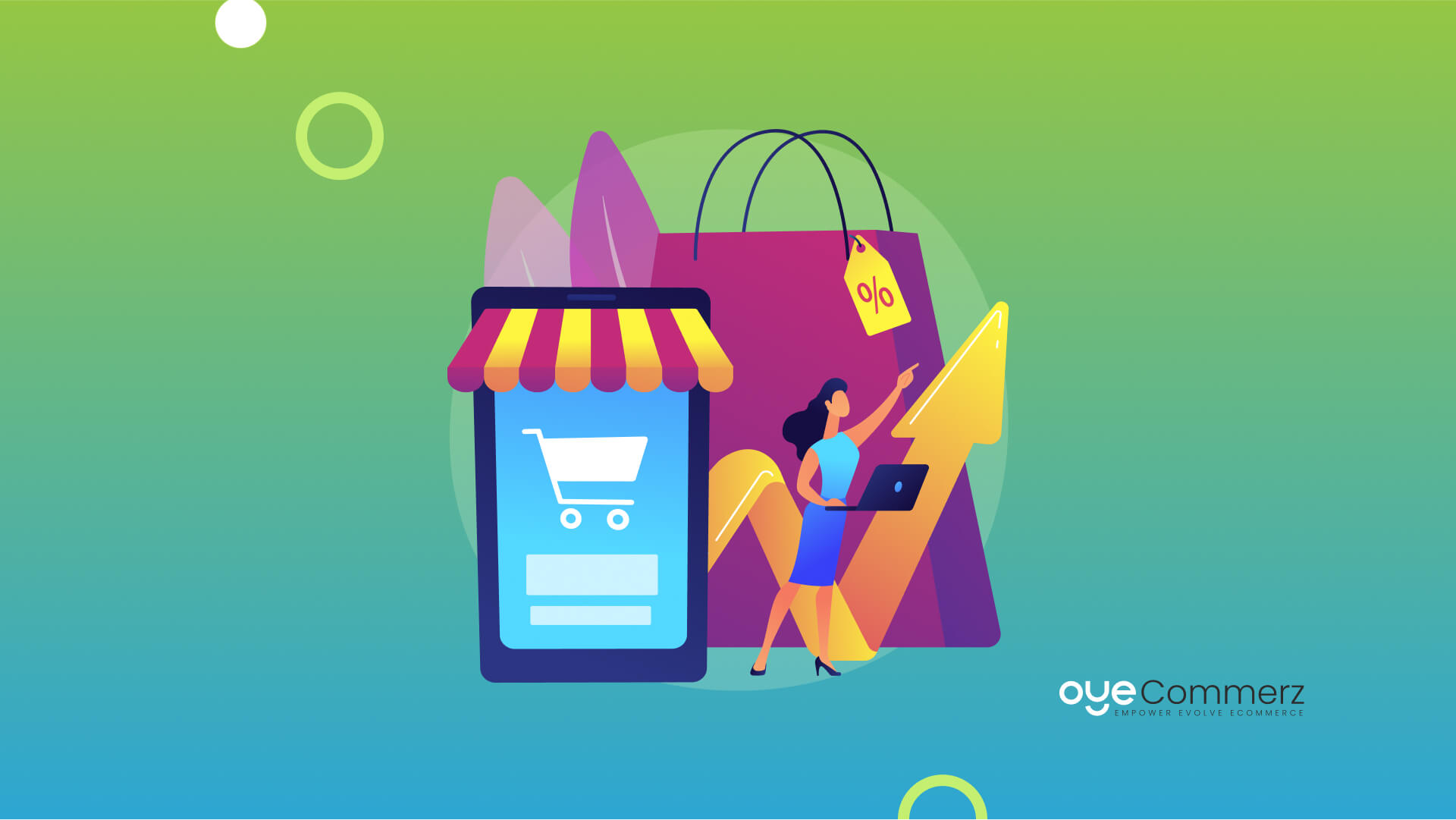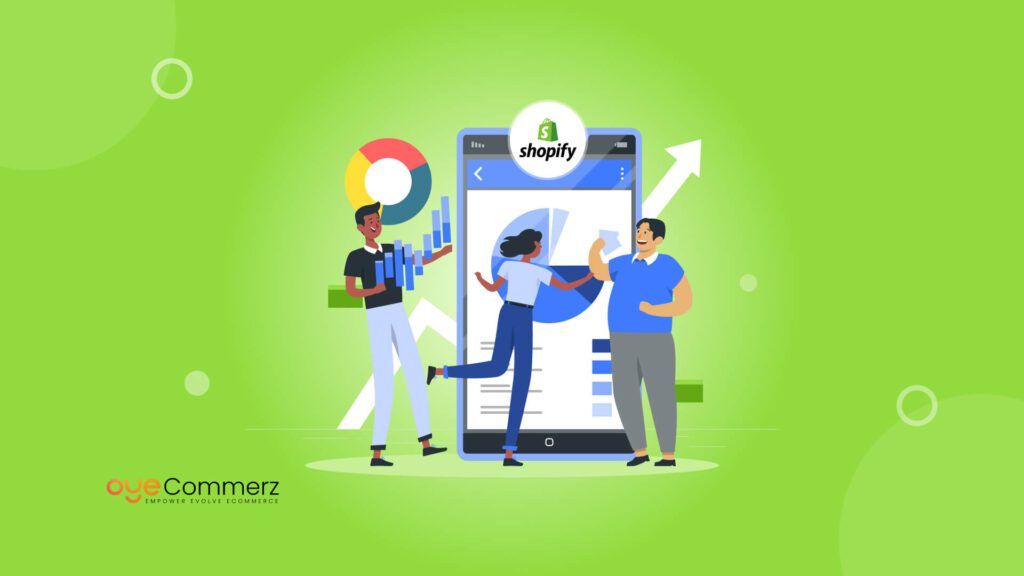Operating a Shopify store in the competitive online shopping landscape is the first step to success. For one to be recognized and to have customers it is good to use search engine optimization in your store. SEO can be a great way of enhancing your store’s ranking on search engines such as Google and ensuring that you are getting free organic traffic that will lead to the sale of products and services. We will discuss the best twelve steps in Shopify SEO that you can take in your Shopify store to increase the visibility of your store.
Firstly, Take a view on the statical milestone of Shopify
Shopify’s remarkable revenue growth in 2024 underscores its increasing dominance in the e-commerce industry. With an impressive $2.10 billion generated in the first half of the year alone, Shopify has demonstrated a significant increase in revenue since its $1.68 billion jump between 2020 and 2021. This expansion is fueled by a diverse array of revenue streams, such as subscription solutions, merchant solutions, and the ever-expanding Shopify App Store, which now offers 7,000 apps for download.
Here are the 12 Essential Steps which you must check

Content Structure of Websites: Developing Website Architecture:
Logical structuring of websites is crucial for users and SEO alike. A site structure enables visitors to quickly and efficiently reach their desired point and aids search engines in identifying the subject of your web pages. Follow these tips for an effective site structure: Follow these tips for an effective site structure:
Hierarchy: Create a taxonomy for the site and then categorize the content into main topics and subtopics. For example, a clothing store may define a category name for ‘Men’, ‘Women’, and ‘Kids’ and category names for ‘Tops’, ‘Bottoms’, and ‘Accessories’.
Internal Linking: It is also important for all pages to be accessible after a few clicks from the main page. The use of these links means that there is a connection of related content and navigation making it easy for search engines to crawl your website.URLs of Your Store: Improve the E-commerce Experience:
Search engine optimized (SEO) URLs are easy to read and contain short and descriptive text. Shopify automatically generates URLs for your pages, but you can customize them to be more SEO-friendly: Shopify automatically generates URLs for your pages, but you can customize them to be more SEO-friendly:
Keep it Simple: Avoid using long hard-to-read keywords in your URLs. Do not resort to the use of extraneous letters or digits.
Reflect Content: Ensure the URL clearly describes the page content. For example, instead of “shopify.com/products/12345,” use “shopify.com/products/blue-cotton-shirt.”Choose fast hosting for your Shopify store:
It is important to understand that Google considers the speed of a page to be a ranking factor. One of the reasons why slow-loading sites would be bad is because they would discourage users as well as lead to increased bounce rates. Here’s how to enhance your store’s loading speed: Here’s how to enhance your store’s loading speed:
Optimize Images: The GIF format compresses images and does not affect the quality. Reduce the file size for images using tools like TinyPNG or Shopify image optimization.
Use a Fast Theme: Select a fast & lightweight eCommerce theme from the Shopify store.Gather and Use Appropriate Customer Keywords:
This makes keyword research the most important SEO stage. It entails determining the keywords and the word combinations your potential customers enter to search for products. Follow these steps:
Research Tools: Check Google Keyword Planner Ahrefs or SEMrush to discover keywords used about your subject.
Long-Tail Keywords: Focus on long-tail keywords – long-tail keywords are typically highly specific and much less competitive than short-tail keywords. For example, instead of writing “shoes,” one can type ‘men’s running shoes size 10.’ The dot between the size and the number is essential.Topic Cluster for Optimized Content Modeling:
Topic clusters are a series of content that relates to a certain idea. This contributes to the organization of the content and to the increase of the SEO established by connecting to search engines that this site has extensive if not complete coverage on the subject matter.
Pillar Pages: Build expert pillars that adequately address broad topics. For instance, a pillar page on “Winter Fashion” could link directly to things like “Winter Coats,” “Winter Boots” and “Winter Accessories.”
Cluster Content: Create content for those sub-topics and cross-link them from the pillar post or page.Generate and Publish Attractive Blog Articles:
The blog is a very helpful and popular way to get traffic and raise the SERP position. The creation and continuous release of quality and relatable information can help especially when it comes to attracting and maintaining an audience.
Answer Questions: The strategy of writing posts on frequently asked and relatable issues customers face. This not only makes it easier for the searcher to comprehend SEO but also gives the searcher limited information about the authority of the website.
Use Keywords: Use your targeted keywords in the blog where they fit naturally.Improving Category and Product Pages:
It is important to focus on optimizing category and product pages to achieve higher search engine positions and conversion rates. Here’s how:
Unique Descriptions: Provide descriptive text for each item in short but distinctive terms. It is also best avoided to refer to manufacturer descriptions unless you want your website to be penalized by the search engine.
High-Quality Images: Make sure the images are accurate and high-quality, and be sure to add alt text for search engine optimization.Optimize URL Slugs and Meta Descriptions:
All these elements form the basis of both SEO and UX compliances. Here’s how to optimize them: Here’s how to optimize them:
URL Slugs: They must be brief, concise, and include words relating to the subject.
Meta Descriptions: The meta description tag is also one of the most vital SEO tags and has to be written in an interesting and informative manner that includes relevant keywords. should be at least 200 characters or fewer.Use Descriptive Alt Text for Images:
Alt texts are image descriptions that better search engine results and accessibility. Here’s how to make the most of it: Here’s how to make the most of it:
Descriptive Text: Write descriptive texts as specific to the image you provide.
Keywords: Keywords can be repeated if there is a need; however, excessive repetition of keywords is discouraged.Integrate Schema Structure to Improve Search Results:
Structured data enables a search engine to comprehend the text on your page better and can even lead to the presentation of information on rich snippets through the search results. Use JSON-LD (JavaScript Object Notation for Linked Data) for structured data implementation on Shopify: Use JSON-LD (JavaScript Object Notation for Linked Data) for structured data implementation on Shopify:
Product Schema: Consider Product Schema to make it easier to describe the product price, availability, reviews, and other variables.
Breadcrumb Schema: Breadcrumb schema will help improve the navigation structure of the site and help search engines crawl the information on your site.Competitive Link-Building:
Earning backlinks is crucial to any SEO campaign you embark on. Links from high authority sites are vital in search engine optimization since they are considered an indication that your website is credible and powerful. Here’s how to engage in strategic link-building: Here’s how to engage in strategic link-building:
Guest Blogging: Then participate in forums and blogs related to your business, but refer to your Shopify shop once in a while.
Influencer Collaborations: Start an affiliate program to distribute and market products and earn backlinks.Choosing and employing the most effective Shopify applications:
Using Shopify apps can help to make optimal use of your SEO computer power and boost your store’s productivity. Here’s a closer look at some of the best apps for optimizing your Shopify store: Here’s a closer look at some of the best apps for optimizing your Shopify store:
Image Optimizer: It serves to reduce the sizes of images on a webpage to reduce the load time.
Yoast SEO: A common application that provides users with comprehensive SEO information and resources.
Maximize Your Business Sales with OyeCommerz and Enhance Your Shopify Success!
Are you ready to skyrocket your Shopify store’s visibility and sales?
At OyeCommerz, we specialize in Shopify SEO services tailored to amplify your online success. Our expert team combines advanced SEO techniques with proven conversion rate optimization (CRO) strategies to ensure your store stands out in the crowded e-commerce landscape.
With many years of experience and our passion for quality service, we perform technical site audits to improve your search engine optimization results. Connect with our seasoned strategists today and experience the difference at OyeCommerz!
Start your journey to e-commerce dominance – read our Guide to Optimizing Your Shopify Store now!
"Ready to skyrocket your store's success? Contact us to harness our Shopify SEO expertise and watch your sales soar!"
Conclusion
The process of SEO optimization for your Shopify store is both comprehensive and continuous. If you follow these 12 practice tips you will be able to improve your storefront’s visibility, elevate your search engine rankings, and generate more traffic and sales. One of the most essential for an eCommerce owner is to keep on top of the latest SEO trends and make necessary improvements in strategies to maintain or increase their ranking in the constantly changing online business environment.




